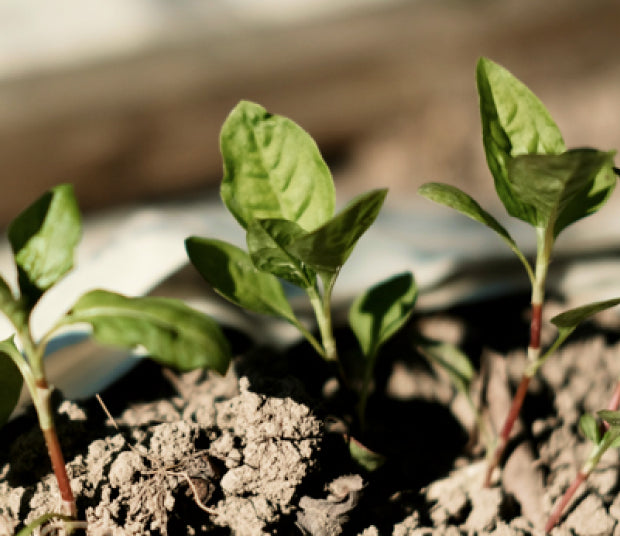About Okayama Denim
Okayama Denim – renowned as the world’s finest and most durable denim, is crafted in Okayama Prefecture.
The roots of denim production in Okayama can be traced back to as early as the 1600’s. Located in western Japan, Okayama has long been known as a hub for cotton textiles, specifically using a rare and valuable indigo dye for weaving, blue-colored fabrics. The dye is extracted from a plant called Indigofera Tinctoria. Okayama’s climate, known as the “Land of Sunshine” comes from its low annual precipitation, making it an ideal place for cultivating this plant, leading to the permeation of indigo dye production in the region.
Indigo pigment, known as “blue gold”, is highly prized. The process for extracting color from the plant and dyeing fabrics involves an intricate and time-consuming process. Initially, leaves of the Indigofera Tinctoria plant are picked and fermented. The liquid is then extracted and oxidized until blue sediments form. When dried, the produced mixture is known as “sukumo.” It is then rehydrated with water, lye, and lime.

Bacteria present in leaf fermentation are crucial to the unique blue color of the dye. Maintaining the microorganisms that produce the blue properties of the dye is a long and labor-intensive process that nurtures the bacteria with nutrients like sake and water syrup until the distinctive blue color emerges.

Cotton threads are dyed with this mixture, undergoing at least 20 immersions to transform the fabric into a deep and rich color. The dyed threads are then spun into denim fabric after being sun-dried.

Following this, pattern making, sewing, washing, and finishing takes time and effort. However, it is through meticulous care in this process that Okayama Denim emerges as an unparalleled product known for its quality, durability, and beauty.
-
Artisanal Denim
FUMIJEAN holds deep respect for the artisans involved in the production of Okayama Denim, and hope that many people can experience the difference in quality when they encounter it firsthand.

